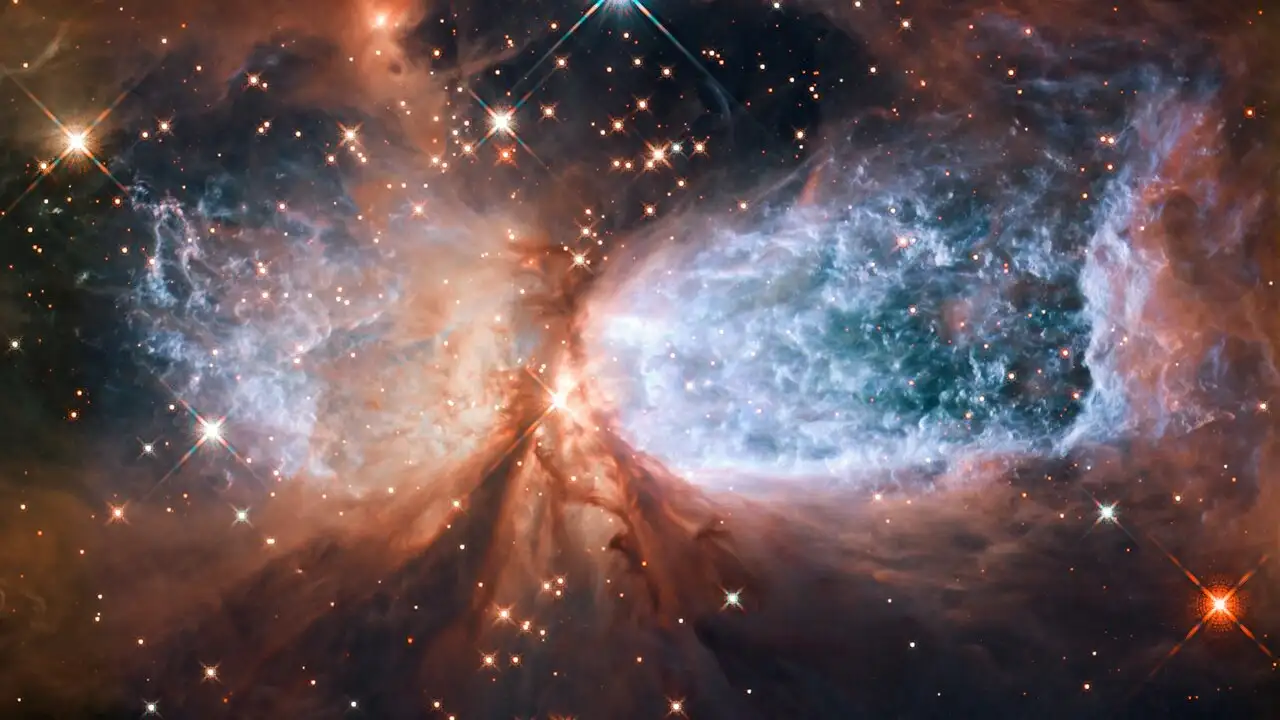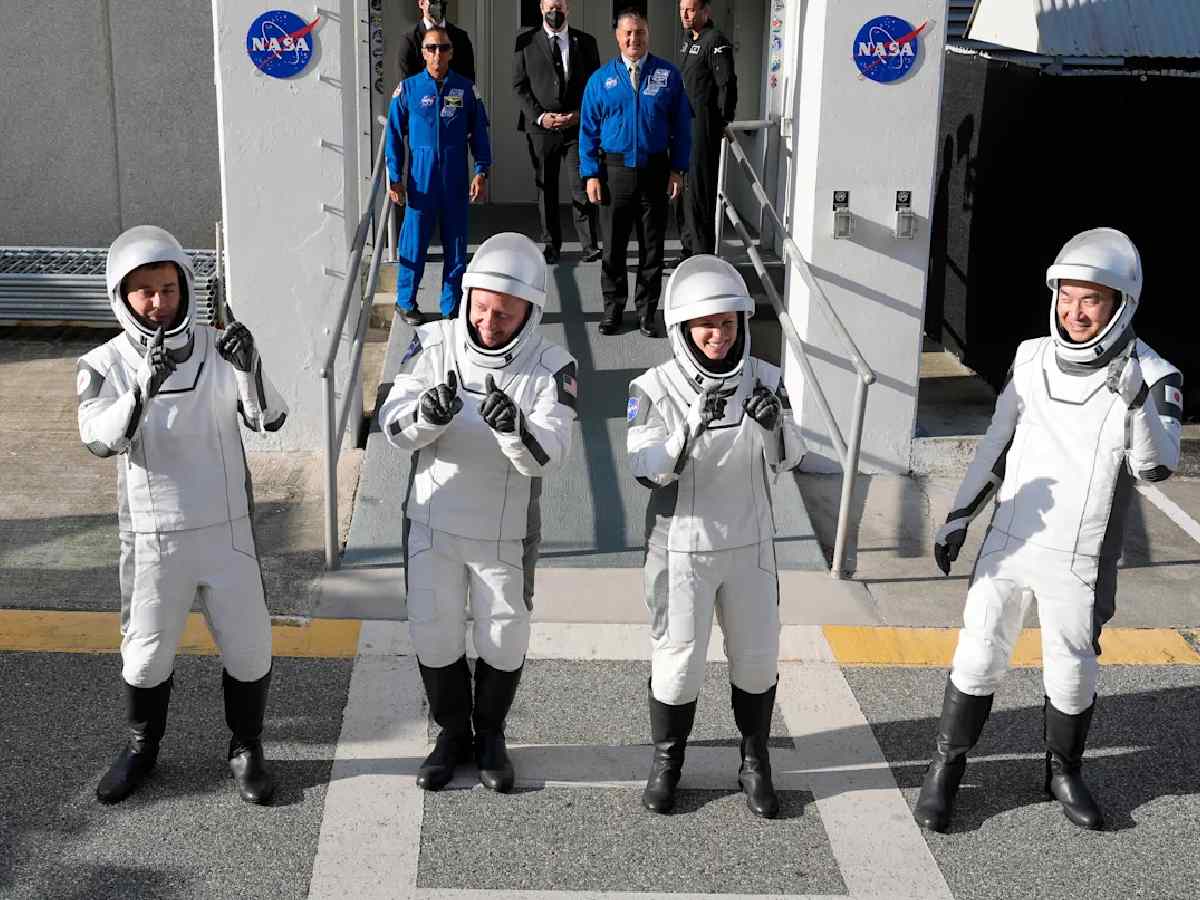
The universe is a vast and mysterious expanse filled with celestial wonders that inspire awe and curiosity. Thanks to NASA’s cutting-edge technology and relentless exploration efforts, we now have unprecedented access to some of the most stunning and fascinating sights in space. From glowing nebulae to mysterious black holes, NASA’s imaging missions have unveiled spectacles that challenge our imagination and deepen our understanding of the cosmos. In this article, we will take you on a journey through ten of the most breathtaking sights captured by NASA, showcasing the true beauty and complexity of the universe.
1. The Glowing Heart of the Orion Nebula
One of the most iconic celestial objects, the Orion Nebula, is an active star-forming region located approximately 1,344 light-years away from Earth. NASA’s advanced telescopes have captured its mesmerizing beauty in incredible detail, revealing swirling clouds of gas and dust illuminated by newborn stars. Its vibrant hues of red, green, and blue highlight the rich chemical composition and dynamic processes taking place within. The Orion Nebula stands as a testament to the universe’s creative power, where stellar nurseries give birth to new worlds amid cosmic chaos.
2. The Enigmatic Pillars of Creation
Another breathtaking sight from the Hubble Space Telescope images, the Pillars of Creation are towering columns of gas and dust within the Eagle Nebula. These structures, extending several light-years, serve as stellar nurseries, where gravity causes gas to clump and ignite into new stars. The ethereal beauty of these pillars, captured in stunning detail by NASA, evokes both wonder and a sense of ever-present birth and death in the universe. They symbolize the cycle of cosmic creation, reminding us how new stars and planetary systems are continuously forming.
3. The Fiery Heart of the Crab Nebula
The Crab Nebula, a supernova remnant located about 6,500 light-years away, is a remnant of a stellar explosion observed from Earth in 1054 AD. NASA’s X-ray and optical imaging reveal its intricate filaments and the pulsar wind at its core, emitting a dazzling array of colors and patterns. Its turbulent, fiery appearance reflects the violent end of a massive star and the energy it released into space. Observing the Crab Nebula allows scientists to study the remnants of supernovae and their role in enriching the universe with heavy elements vital for planet formation and life.
4. The Mysterious Dark Heart of the Black Hole in M87
Møller’s astronomical observations have further illuminated the enigmatic nature of black holes. NASA’s imaging of the supermassive black hole in galaxy M87, approximately 55 million light-years from Earth, showcases the black hole’s shadow against a luminous accretion disk of infalling matter. This groundbreaking image, the first of its kind, provides direct visual evidence of black holes’ existence and challenges our understanding of gravity and spacetime. The black hole’s dark core is surrounded by swirling, glowing plasma, illustrating the immense forces at play in the universe’s most extreme environment.
5. The Whirlpool Galaxy’s Graceful Spiral Arms
The Whirlpool Galaxy (M51), renowned for its elegant spiral arms, is a striking example of galactic beauty. NASA’s high-resolution images showcase sprawling arms filled with glittering young stars and nebulae, intertwined with dark lanes of dust. The interaction with its companion galaxy has sparked waves of star formation, creating a mesmerizing cosmic dance. Observing galaxies like M51 helps scientists uncover the processes of galaxy formation and evolution across cosmic time.
6. The Jet of a Distant Quasar
NASA’s radio and optical observations have revealed the powerful jets emitted by quasars—supermassive black holes actively accreting matter. The quasar 3C 273, located billions of light-years away, ejects streams of particles at near-light speeds, visible as bright jets extending thousands of light-years. These jets regulate the growth of galaxies and influence the large-scale structure of the universe. Their spectacular size and energy output underline the dynamic, energetic nature of space phenomena that shape cosmic history.
7. The Sideways Galaxy NGC 3628
Part of the Leo Triplet, NGC 3628 presents a stunning edge-on view of a spiral galaxy with a prominent dust lane across its center. NASA’s imaging captures its elongated silhouette against the backdrop of space, revealing intricate structural details. Such galaxies help astronomers understand the impact of gravitational interactions and galaxy mergers, which play crucial roles in galaxy evolution over billions of years.
8. The Irregular Shape of the Carina Nebula
The Carina Nebula is a vast star-forming region filled with dense clouds of gas and an array of young, massive stars. NASA’s infrared imaging uncovers the complex structures hidden within the thick dust, revealing regions where stellar winds carve out massive cavities and trigger new star formation. The nebula’s chaotic and irregular morphology exemplifies the turbulent processes that shape the universe’s most dynamic stellar nurseries.
9. The Mysterious Helix Nebula
Often called the “Eye of God,” the Helix Nebula is a planetary nebula showcasing the final stages of a sun-like star’s life. NASA’s UV and infrared images reveal its intricate, filamentary structure with vivid colors pointing to different chemical elements. The glowing ring of gas and dust expands outward as the star sheds its outer layers, offering a glimpse into the future of our own Sun. Its otherworldly appearance and vibrant details make it a captivating celestial spectacle.
10. The Spectacular Dust Cloud of theCarina Nebula
This massive star-forming complex is filled with towering pillars, glowing gas, and intricate filamentary structures. NASA’s images reveal a surreal, almost surreal landscape of cosmic dust and illuminated regions associated with young star clusters. The extraordinary details of the Carina Nebula provide insights into the processes of star birth and the interplay between energetic stars and their environment, illustrating the perpetual cycle of destruction and creation in the universe.
Conclusion
Thanks to NASA’s relentless pursuit of cosmic exploration, our view of the universe has been transformed into a stunning visual tapestry of celestial marvels. Each sight, whether a luminous nebula, an energetic quasar, or a mysterious black hole, expands our understanding of the cosmos and ignites our imagination. These images not only serve as breathtaking spectacles but also as vital scientific tools, helping us uncover the secrets of the universe’s past, present, and future.
As technology advances and new missions are launched, the universe will continue to reveal its breathtaking sights. Exploring these cosmic wonders enriches our appreciation of the universe’s grandeur and our place within it.
For more updated news please keep visiting Prime News World.








